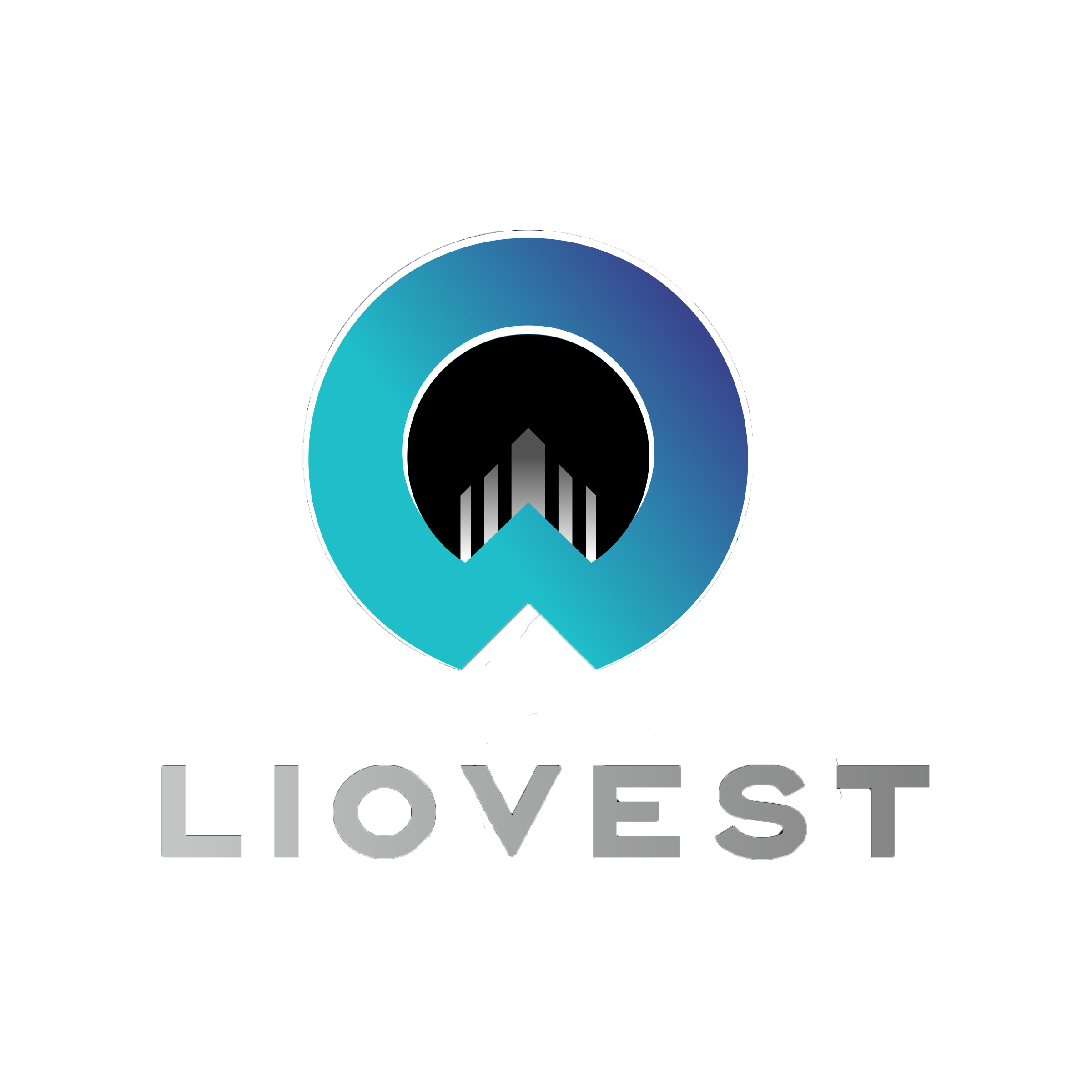Introduction
In August 2025, DBS Bank launched a crypto-linked structured note on the Ethereum mainnet, an institutional-grade product blending traditional financial engineering with digital asset innovation. This case illustrates not only a product-level breakthrough but also Singapore’s regulatory readiness to support real-world asset (RWA) tokenization using public blockchain infrastructure.
Global Momentum Behind RWA Tokenization
Tokenizing real-world assets has become a central theme in capital markets. Debt instruments, fund shares, and even infrastructure-related cash flows are increasingly issued, distributed, and settled through blockchain rails.
Switzerland is leading in Europe; UBS’s digital bonds on SDX and Backed’s tokenized ETFs are notable examples. In Asia, Singapore and Hong Kong are emerging as dual hubs, each taking a different approach to integrating blockchain with capital markets.
Product Breakdown: DBS Crypto-Linked Structured Note
1. Investment Structure
The product is a traditional structured note with returns linked to major cryptocurrencies (e.g., Bitcoin, Ethereum), but without requiring crypto custody:
-
Investors subscribe using fiat (USD or SGD)
-
Returns are tied to crypto price performance
-
Capital is returned in cash at maturity, regardless of crypto volatility
This structure allows investors to gain crypto exposure within a regulated, cash-settled instrument, minimizing operational and custody friction.
2. Key Innovations
-
Lower Entry Barrier
Traditional structured notes often require minimums of $100,000+. DBS tokenized the product into $1,000 units, opening access to a broader range of institutional and HNW clients.
-
Secondary Market Liquidity
The tokens can be traded on licensed digital asset platforms in Singapore such as ADDX, DigiFT, and HydraX, enhancing post-issuance liquidity.
-
Compliance & Transparency
Issued on Ethereum for full on-chain transparency, yet distributed only through regulated channels that enforce KYC/AML, maintaining a strong compliance posture.
Strategic Significance
This product demonstrates three key developments in the evolution of structured finance:
-
Migration to Public Blockchains
Complex financial products can now be deployed on Ethereum without sacrificing regulatory oversight.
-
Engineered Crypto Exposure
Investors gain access to crypto-linked returns without directly holding volatile assets, aligning with institutional risk appetite.
-
Fractionalized Access and Portfolio Flexibility
Tokenization reduces investment thresholds and improves allocative efficiency across portfolios.
Why Singapore Enables This
DBS’s launch was enabled by Singapore’s unique regulatory and market structure:
-
Open but Controlled Regulatory Model
The Monetary Authority of Singapore (MAS) permits the issuance of regulated products on public chains, as long as investor access is compliant.
-
Global Positioning
Singapore’s financial system is inherently international, positioning RWA products as globally accessible investment tools.
-
Complete Digital Asset Infrastructure
Licensed secondary markets like ADDX and DigiFT allow tokenized instruments to trade seamlessly within a regulated framework, providing full lifecycle infrastructure from issuance to liquidity.
Limitation: Singapore’s local asset pool is relatively small. As a result, many RWA products originate from structured credit, funds, or offshore instruments rather than domestic underlying assets.
RWA in Hong Kong: A Cautious but Scalable Approach
In parallel, Hong Kong is actively piloting RWA projects with a more cautious regulatory posture:
-
Private Chain First, Then Cross-Chain
Most initiatives begin on consortium or permissioned chains (e.g., AntChain) before selectively bridging to public blockchains, ensuring regulator visibility and control.
-
Backed by China’s Asset Base
Hong Kong’s greatest advantage lies in its access to Mainland China’s deep capital base, including RMB-denominated bonds, A-share ETFs, and infrastructure projects.
-
Practical Constraints
Cross-border capital controls and data sovereignty issues limit direct on-chain issuance. RWA structures often require offshore SPVs and regulatory approvals, adding complexity to market access.
Singapore vs. Hong Kong: Comparative Outlook
| Dimension | Singapore | Hong Kong |
|---|---|---|
| Regulatory Speed | Fast — flexible & permissive | Gradual — sandboxed & controlled |
| Market Depth | Smaller but efficient | Large latent supply via China |
| Blockchain Approach | Direct to public chains (Ethereum) | Alliance chain → Cross-chain bridge |
| Investor Access | Seamless for global institutions | Requires structuring around capital controls |
-
Short-Term: Singapore offers plug-and-play access for global investors with faster execution cycles.
-
Mid-to-Long-Term: Hong Kong may unlock massive supply-side opportunities once compliance and cross-border channels mature.
Conclusion
The DBS crypto-linked structured note represents a serious institutional experiment in regulated tokenized finance. It reflects how public blockchains like Ethereum can host compliant, cash-settled financial products, enhancing liquidity, transparency, and investor access.
Singapore continues to lead in execution and infrastructure for RWA innovation. However, Hong Kong, with access to China’s vast capital pool, could eventually dominate RWA supply if regulatory hurdles are addressed.
Together, these two financial centers are defining Asia’s roadmap for real-world asset tokenization.
